Hello, Everybirdy! Welcome to Wildlands! I’m really glad you are here!
Today, I welcome two of the “tweetest” guests, Dr. David Russell and Dr. Jill Russell of the Department of Biology at Miami University in Oxford, Ohio. They both are Teaching Professors who have not only helped thousands of students in their 25 years of teaching, but they’ve also helped thousands of birds.
They build ways for universal bird banding. And they help take action to fix the problems that occur at home. The nests of our winged ones tell us what is true and what we need to do to help them.
Birds need nature’s habitats for their native food and flora for a chance to replace themselves with their offspring. Native trees, shrubs, grasses and flowers provide them with the nourishment and shelter they need in order to thrive. Nature and her beings have evolved together for millennia. This caring group of people are dedicated. They travel to Ecuador, Costa Rica, and work in an ancient forest in Southwest Ohio.
As a Robin, I am called to help their mission. It is my pleasure to introduce the best nest builders I’ve ever met. They build success into their work to ensure the future is bright for the birds. Their students also have a high success rate in certification which will enable them to teach and continue the work into the future. I met and spoke with three of the Russell’s students, Matt, Kaley and Drew. These outstanding students and their professors have been working in different ecosystems to collaborate, learn and grow better ways for the winged and the wild. They show how to have fun and how to have a future for the birds and their work. Wildlands will feature their work in an upcoming essay.
And later we will share how you can “bee” a part of supporting essential research and actions to keep birds where they naturally eat and live.
Wildlands will have Drs. Jill and David Russell on in future features. Apologies for the less than “feathertastic” audio. It’s a low budget show, peeps. Please “chirp up” for the wild and share Wildlands. That would make my day, the Russell’s and the avians day and that’s a win-win-win biota style! We are all interconnected. When our environment is healthy, we feel, think and act better. We prosper together.
From AREI’s website:
Protecting Birds Through Science and Community
Welcome to the Avian Research and Education Institute (AREI), a nonprofit organization dedicated to protecting native bird species through science, education, and community collaboration. Based in Oxford, Ohio, we work to keep common birds common by studying their populations, monitoring their health, and inspiring others to take action. Whether you’re a lifelong birder, a student, or simply curious about the birds in your backyard, we invite you to be part of our mission.
Avian Research and Education Institute (AREI)
Our mission is to advance the appreciation, understanding, and conservation of birds and their habitats through research and education.
Our Key Initiatives
Explore our diverse programs focused on avian research, education, and conservation, all committed to making a meaningful impact.
Bird Banding
We safely capture, band, and release birds to collect vital data on movement, survival, and population trends.
University Research Projects
In collaboration with Miami University, we conduct long-term studies on native bird species to better understand their ecology and conservation needs.
Community Outreach
We host public events, school programs, and volunteer opportunities to connect people of all ages with birds and conservation science.
Bird Banding
At AREI, we use bird banding as a core part of our research to study the movement, survival, and health of native bird populations. Each bird we band receives a uniquely numbered aluminum band issued by the U.S. Geological Survey, serving as a permanent ID for mark and recapture studies. When a bird is recaptured or resighted, that data helps us track long-term trends in migration and population changes. All our work is conducted under federal permits to ensure ethical and standardized methods. Through this process, we gain the insights needed to protect birds before they become at risk.
Bander Training and Education
At AREI, bird banding is not only a research tool but also an educational experience. We train students, volunteers, and community members in the scientific principles and ethical practices of bird banding through hands-on instruction. This process teaches data collection, species identification, and careful bird handling under federal guidelines. Our pedagogical approach emphasizes experiential learning—bridging field biology with conservation science. By participating, learners gain skills in scientific observation, ecological inquiry, and collaborative research. Banding becomes a gateway to understanding broader environmental issues, fostering curiosity, responsibility, and stewardship. It’s where science meets education—and where future conservationists take flight.
Project Owlnet
AREI proudly participates in Project Owlnet, a continent-wide initiative focused on studying the migration of Northern Saw-whet Owls. Each fall, we operate a standardized banding station to safely capture and band these elusive nocturnal migrants. Our involvement contributes valuable data to a larger network of researchers tracking owl movements, population dynamics, and habitat use across North America. The project also offers unique educational opportunities, allowing students and community members to engage in nighttime research and learn about the techniques of owl banding. Through Project Owlnet, we connect local conservation action with continent-scale understanding of owl ecology.
Photographic Bander’s Manual
One of AREI’s ongoing projects is the creation of a photographic bird banding guide focused on native species of southwestern Ohio. This resource compiles standardized images of birds in hand, emphasizing key features used to determine age and sex—such as molt limits, plumage wear, and feather shape. Designed as both a training tool and field reference, the guide supports more accurate data collection and consistent identification among researchers, students, and volunteers. By highlighting local species, this project strengthens our regional monitoring efforts and contributes to ongoing research and educational initiatives, providing a foundation for both scientific study and public engagement.
Pesticide Use and Avian Ecology
At AREI, we are investigating the impact of neonicotinoid pesticides—widely used agricultural chemicals—on bird populations in southwestern Ohio. These pesticides, often present in treated seeds and runoff, have been linked to direct and indirect effects on birds, including reduced reproduction, neurological impairment, and declines in insect prey abundance. Our research focuses on how these chemicals affect common farmland and edge-dwelling species, especially during breeding and migration. By combining field observations, population monitoring, and collaborative data analysis, we aim to better understand the ecological consequences of neonicotinoids and inform land management practices that prioritize both agricultural productivity and bird conservation.
Insect Diversity and Migratory Stop-over Success
AREI’s research explores how declining moth populations impact the energetics of migratory birds at critical stopover sites in southwestern Ohio. Many migratory species, especially thrushes and warblers, rely on moths and other nocturnal insects as high-protein food sources during their long journeys. As moth abundance declines due to habitat loss, pesticide use, and light pollution, birds may face reduced foraging success, leading to delayed migration or compromised body condition. By studying the intersection of invertebrate ecology and avian physiology, we aim to understand how changing insect dynamics influence bird health and behavior, and to advocate for habitat management that supports both.
MAPS Breeding Bird Survey
AREI participates in the Monitoring Avian Productivity and Survivorship (MAPS) program, a continent-wide effort to study breeding bird populations through standardized banding protocols. Conducted during the summer months, MAPS banding helps us gather data on bird productivity, survival rates, and population trends across southwestern Ohio. By operating a consistent station at Hueston Woods, we contribute to a long-term dataset that informs regional and national conservation strategies. This research is vital for understanding how environmental changes—such as habitat loss and pesticide use—affect bird reproduction and population dynamics. Through MAPS, we connect local fieldwork with large-scale efforts to protect breeding birds.
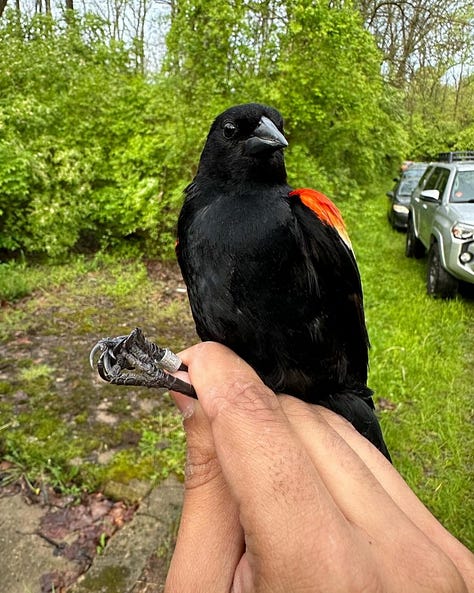
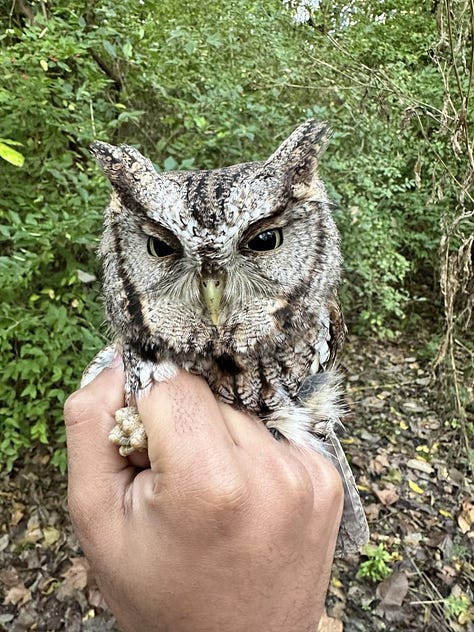
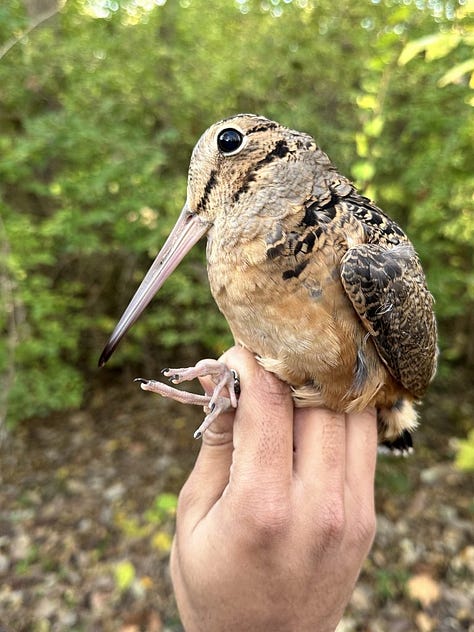
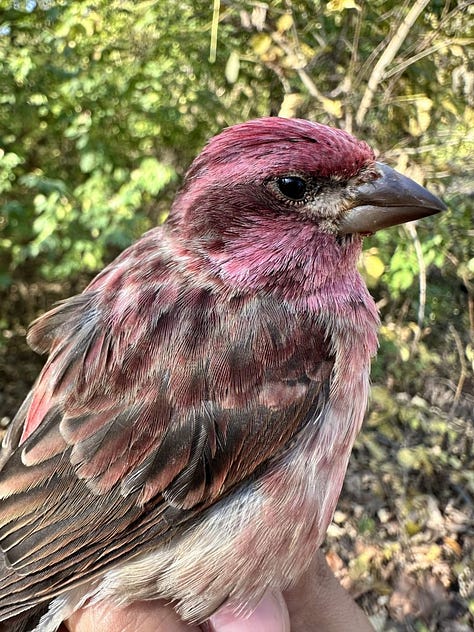
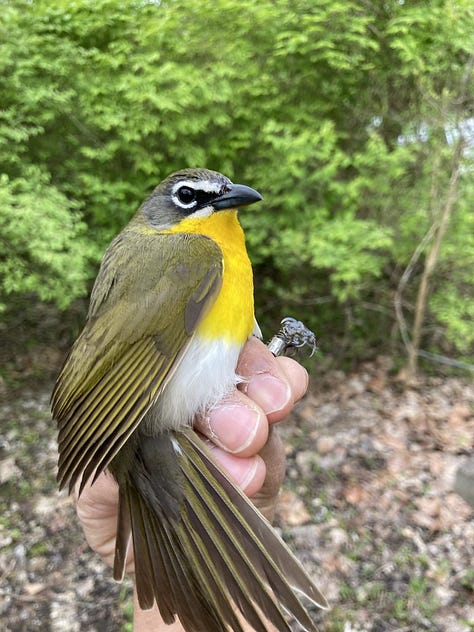
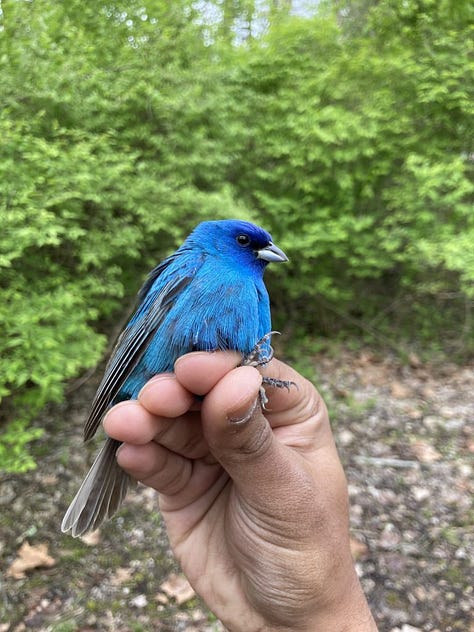

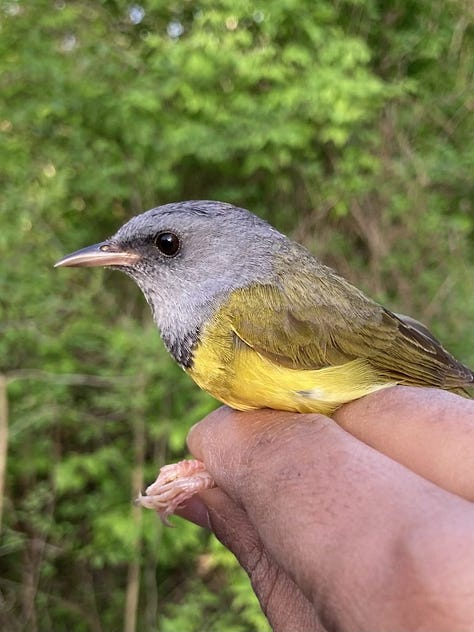
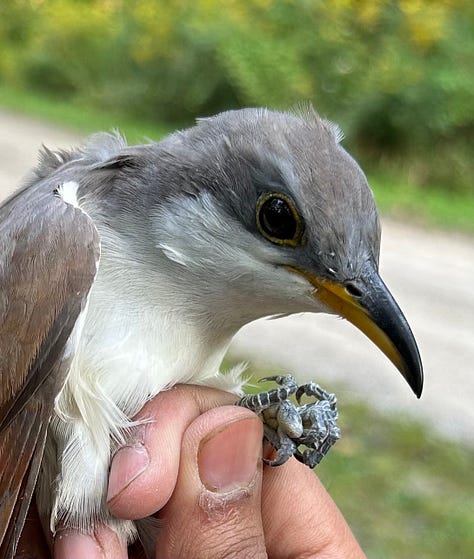
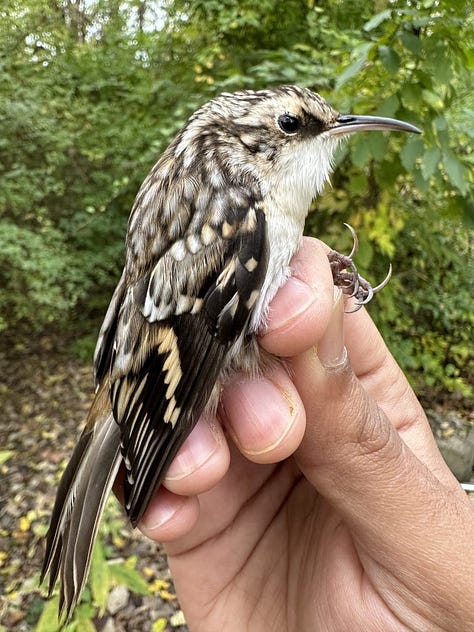
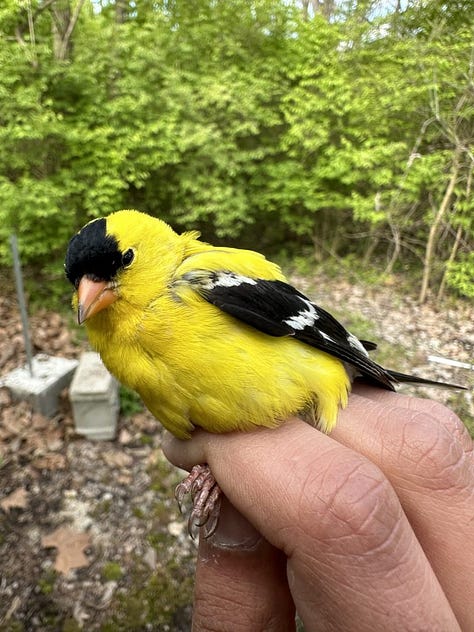
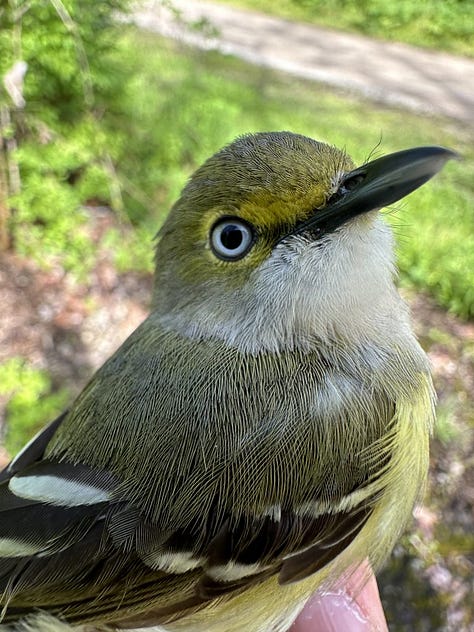
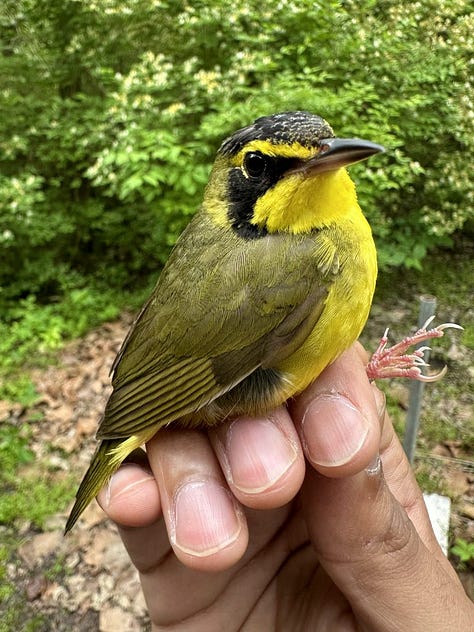
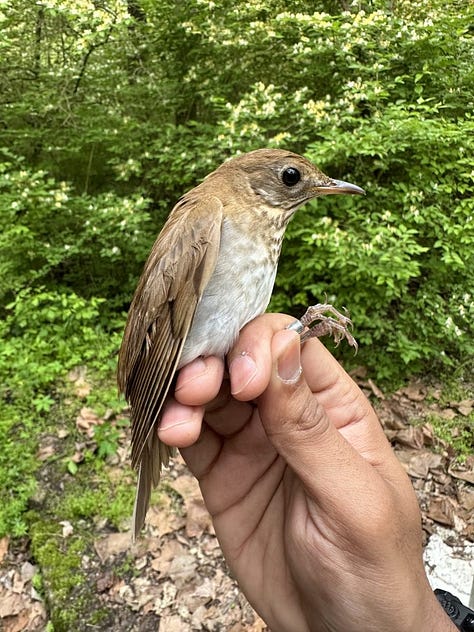
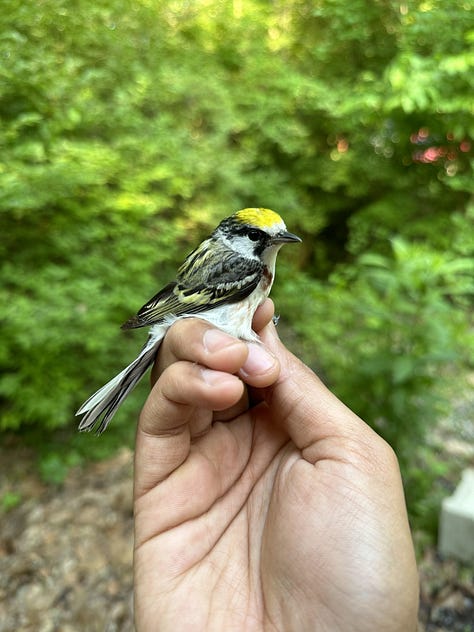
AVIAN RESEARCH AND EDUCATION INSTITUTE
Please give a hoot about Robin’s vocation, I’m the bridge for the art and science of health and well-being through devotion to my beloved nature and her beings.
Support a pioneer, who has for decades brought medicine to words and deeds to help create a world of “actioneers” for a thriving natural world. Healthy people create a world of well-being.
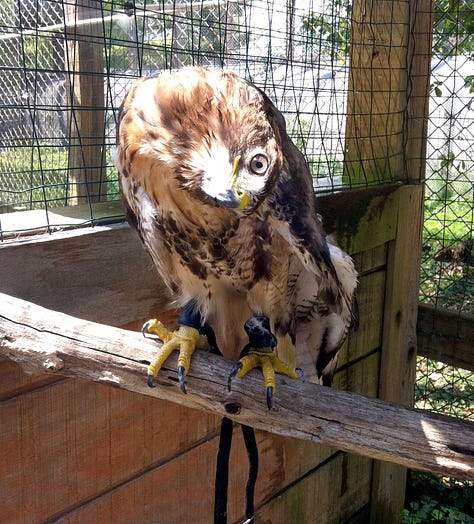
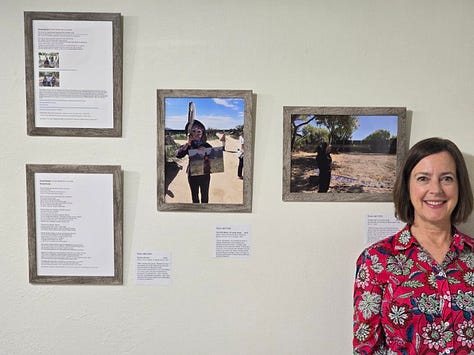
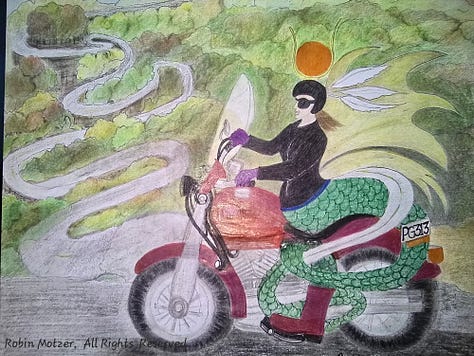
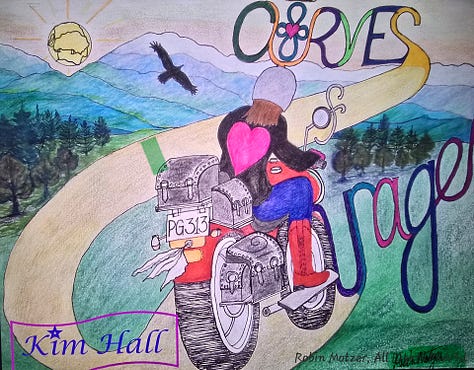
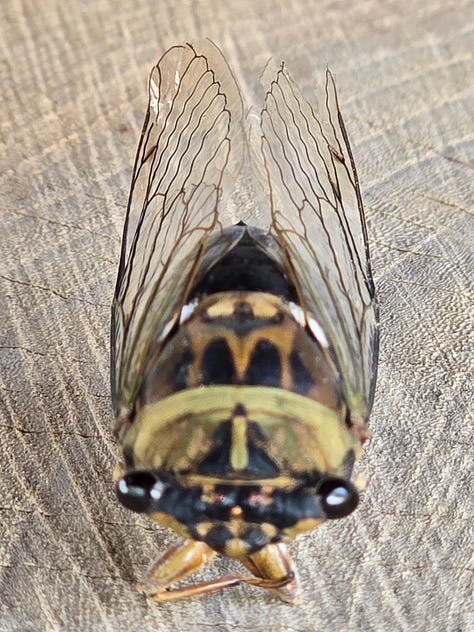

Join us for a retreat in an ancient forest in October! Sign up through Wildlands. DM me with questions.
Wildlands: The art of loving nature and self. A creative revolution that explores “Ruff” times and Rebel minds to restore beauty, truth, and good naturally and simply, with a mission to transform and stop harm.
My collaborative projects with health and ecological initiatives: native gardens and farms that are managed organically in Tucson and Southern Arizona, and my network in Southern California, Oklahoma, Missouri, Southwest Ohio and beyond. I’m also creating a sanctuary-farm project and dealing with contractor delays.
Wildlands is a creative revolution in healthcare for flora and fauna and collaborative community projects with health and ecological restoration-conservation initiatives. Join a health movement for peace and prosperity for the biota and future generations. Subscribe and share my work. Bee a sponsor and partner to grow good throughout the U.S.
Stay tuned, for internal and international explorations in Wildlands.
“Chirp” in whatever you can to help me be the journalist and “actioneer” who fixes problems. Your generosity helps Wildlands remain free for those in need.




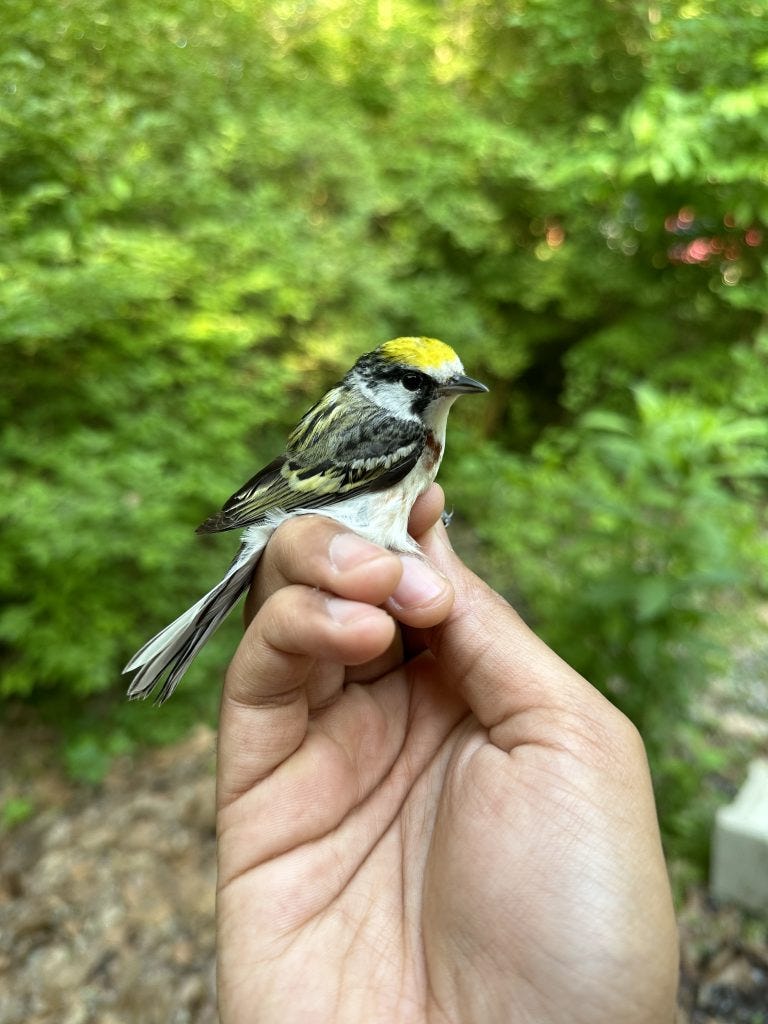
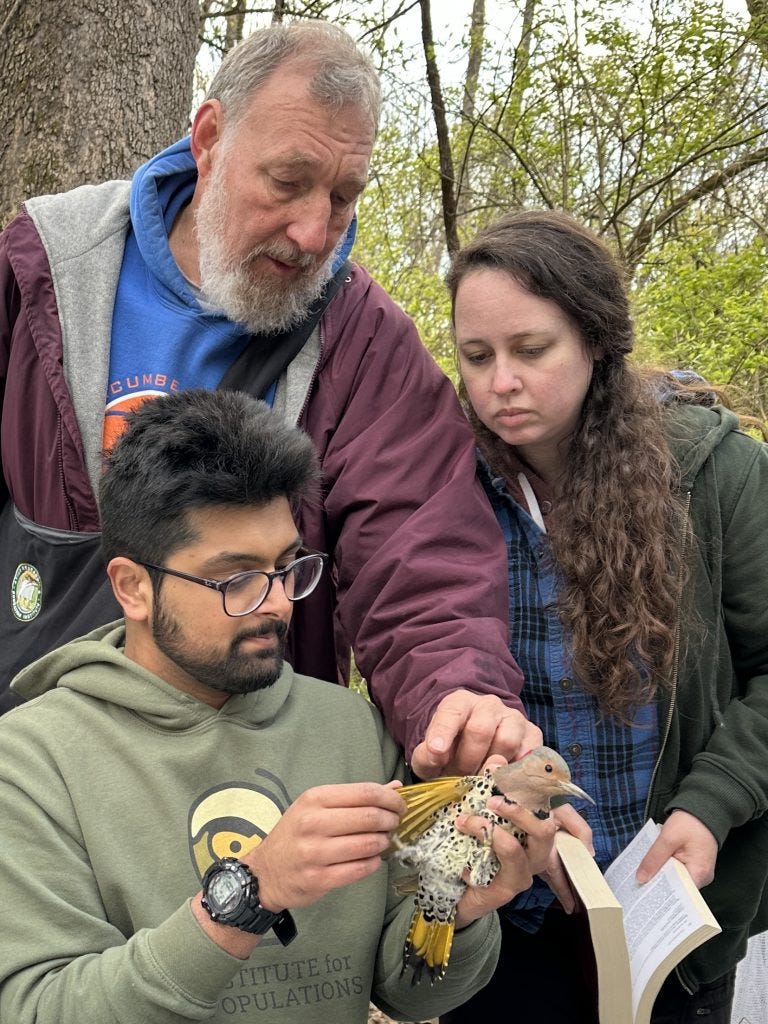

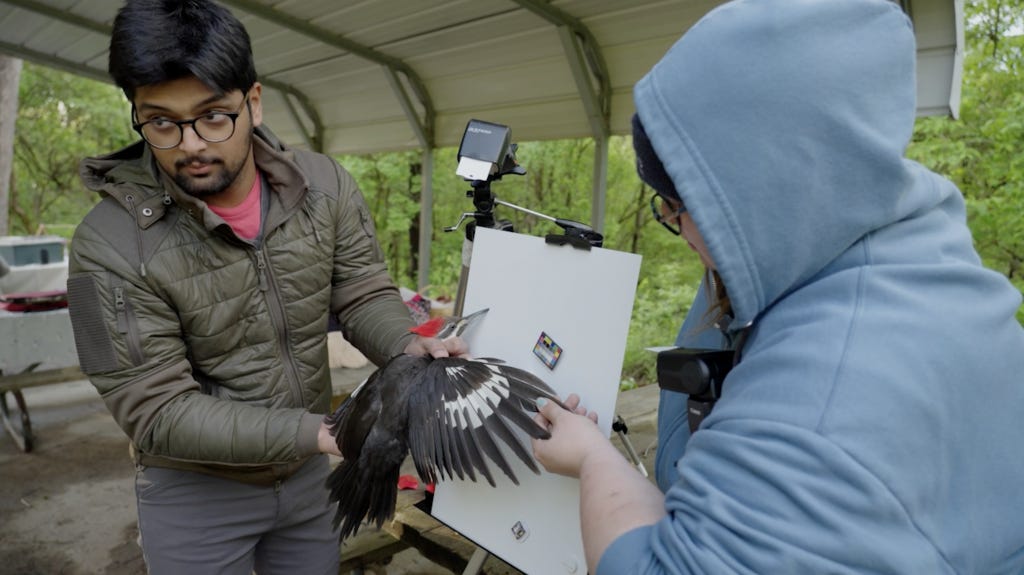
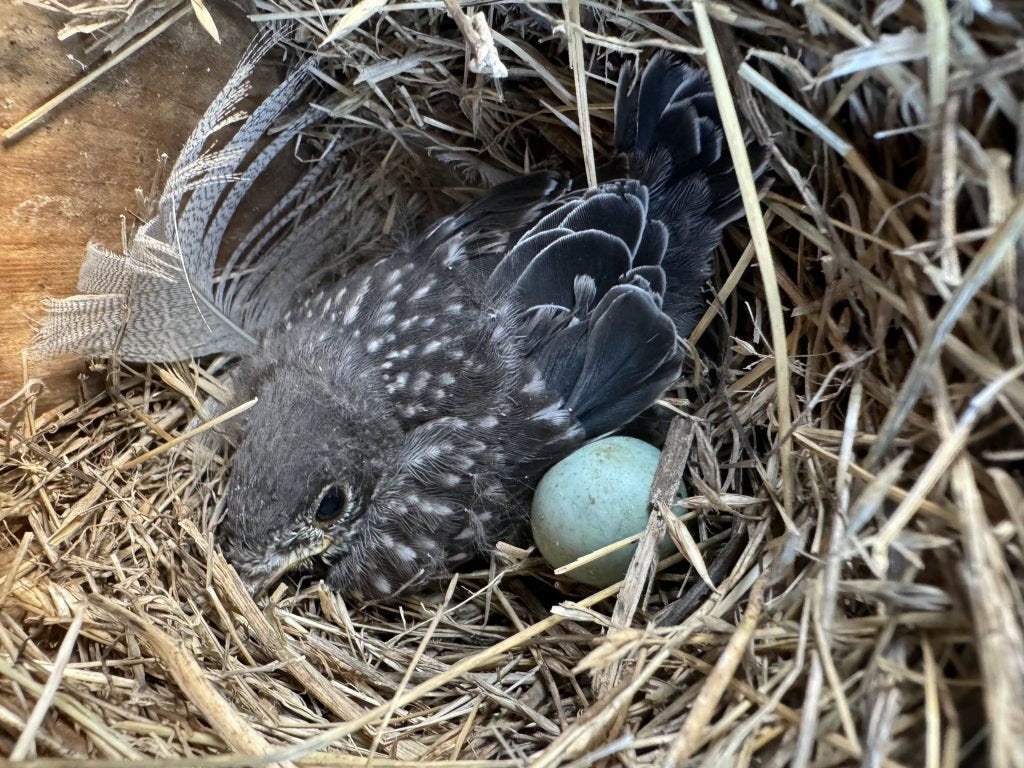
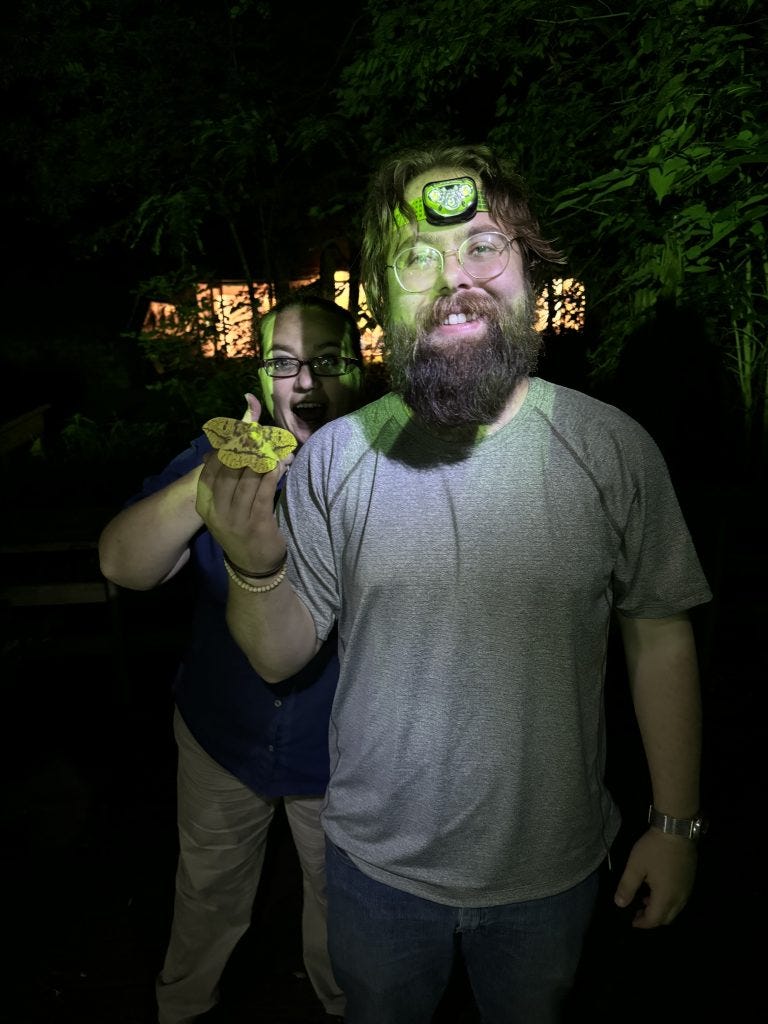
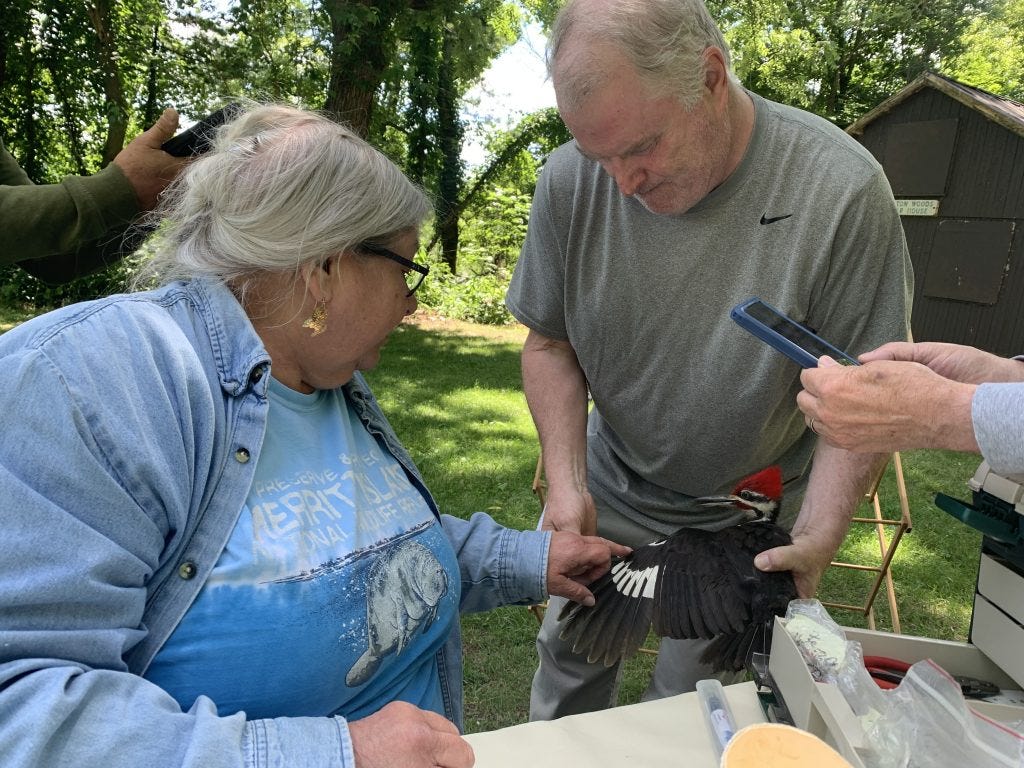





Share this post